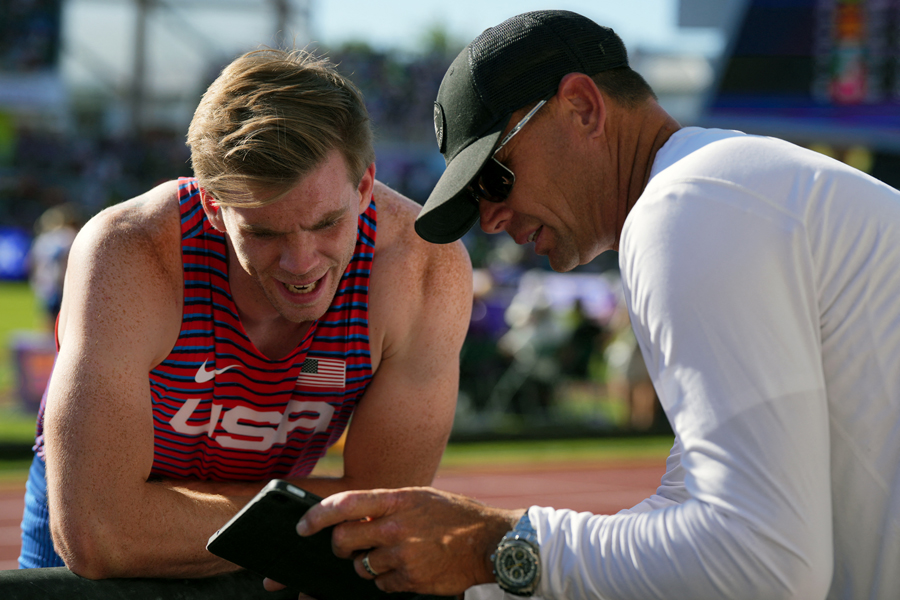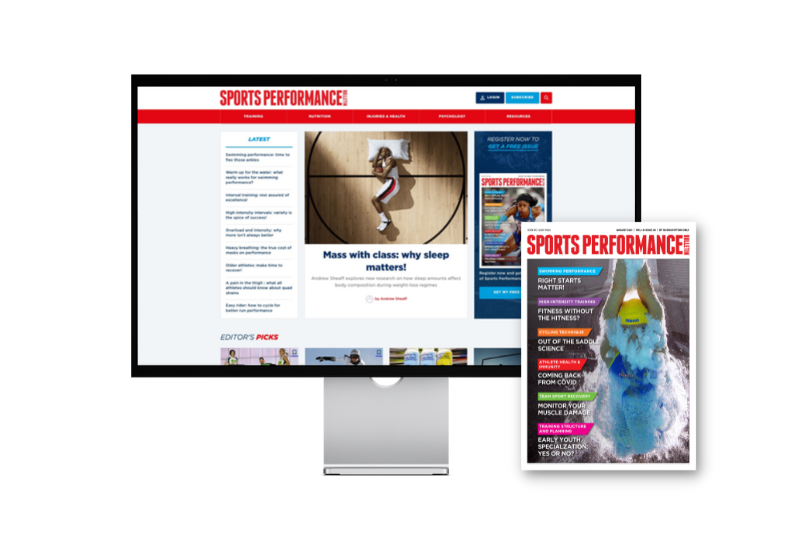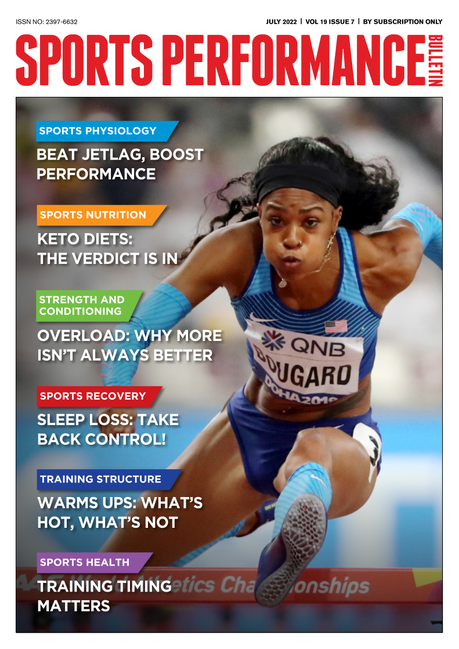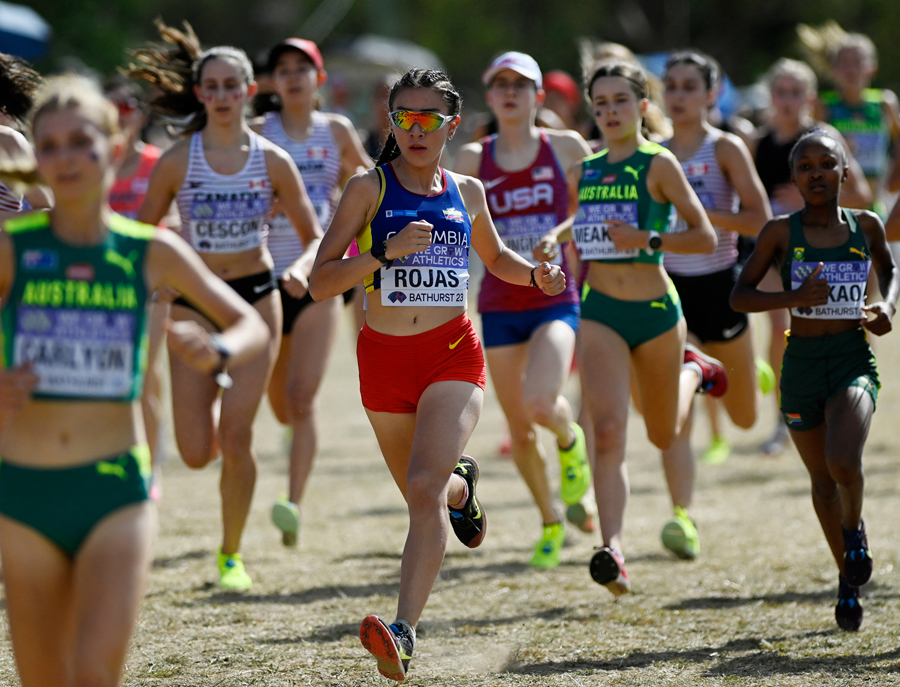Endurance excellence: learning lessons from elite coaches

Performance endurance training has come a long way from the days of ‘go long, go hard’. Performances continue to improve but these improvements are often driven by thoughtful coaches focused on helping their athletes perform as effectively as possible. In the digital age, there’s more and more information and data available about how to improve endurance performance - from social media to scientific research – but curiously, this doesn’t necessarily mean there’s access to better, high-quality information.
One of the most valuable sources of quality information (and unfortunately one of the rarest) are elite endurance coaches. These are the individuals who are working at the cutting edge in an arena where they need to get every aspect of training, nutrition and recovery as right as possible in order to help their athletes accomplish their goals. A lot of attention is given to workouts or combinations of workouts given by elite coaches. However, while it’s valuable for others to know the specifics of what these well-coached athletes are doing, it’s important to understand that these workouts taken from a training program have been designed for specific athletes, and are therefore really only applicable to the athletes they were written for.
Research on the thinking of coaches
Rather than specific workouts, what’s much more valuable and interesting to other athletes are the thought processes that determine why these workouts were created, and how they need to change over time, because these are principles that can be applied to any athlete. To try and understand these thought processes and arrive at some solid guidelines, a group of researchers have sought to understand exactly how elite Norwegian endurance coaches prepare their athletes, as well as the rationale behind their decisions. With a better understanding of the principles behind elite endurance training, it becomes possible to apply those principles to our own training and the training of the athletes we coach.
What they did
In this study, a group of Norwegian scientists and 12 Norwegian coaches were used to investigate the methodology of elite endurance training preparation(1). Coaches from rowing, speed skating, triathlon, swimming, road cycling, biathlon, cross-country skiing, and long-distance running participated in the study. These were very successful coaches, coaching athletes to over 380 international medals.
To gather the necessary information, a 4-stage process was undertaken:
· First, a written questionnaire was sent to the coaches.
· This information was then compared to training logs of the coaches’ most successful athletes.
· Once this information was compiled, the coaches were then interviewed separately to provide further depth of understanding.
· Everything was then assembled and presented to the coaches, for further clarification and confirmation.
The researchers were ultimately looking to understand the broad-brush concepts and similarities in approaches that remained consistent across all sports. While it makes sense that cyclists and long-distance runners will have different training volumes in terms of distance covered and total hours, the researchers believed that the overall approach and methodology would show strong similarities across all sports. Discovering those similarities was the purpose of the study.
What they found – key principles
While the specific strategies that coaches use are different in different sports, there were seven common themes or principles that were found across all sports and coaches. These principles are particularly valuable because they hold true regardless of the context. Therefore, while it’s unlikely you’ll want to copy the exact training program of an elite athlete or international champion, you can take the principles their coaches use and apply them to your specific context.
Principle #1- Volume before intensity
One of the foundational principles was a focus on accumulating volume early in the preparation period. While interval training was present through the training year, volume was the focus early on. While this was seen in the low intensity sessions, it was also reflected in the interval training sessions themselves. These sessions were longer and performed with controlled intensity earlier in the season. As the season progressed, there was a drop in volume and intensification of the interval training sessions. The key idea is to build volume first and then make interval training sessions more specific when approaching competition.
Principle #2 - Hard days
Intense training sessions were consolidated into three training days over the course of the week. Any session that was beyond low intensity and moderate volume was placed on a ‘hard’ day. This practice allowed athletes to focus their energy on the sessions and training days that were most important, while also ensuring that there was sufficient recovery on the four remaining days. Three hard days shouldn’t be seen as necessary, but as the maximum. If even elite athletes aren’t training ‘hard’ more than three days per week, nobody else should be either. Focusing your effort is critical!
Principle #3- High volume, low intensity
The majority of the training was performed at low intensity for high volumes. The researchers found that 85-95% of the training was considered aerobic in nature. And most of this training (80-90%) was considered low-intensity endurance training (see figure 1). By far, most training performance by endurance athletes is performed at relatively low effort levels and speed. While it can be tempting to push the intensity, it appears to be the accumulation of low-intensity work that is so critical.
Figure 1: Training intensity distribution
You need to be logged in to continue reading.
Please register for limited access or take a 30-day risk-free trial of Sports Performance Bulletin to experience the full benefits of a subscription. TAKE A RISK-FREE TRIAL
TAKE A RISK-FREE TRIAL
Newsletter Sign Up
Testimonials
Dr. Alexandra Fandetti-Robin, Back & Body Chiropractic
Elspeth Cowell MSCh DpodM SRCh HCPC reg
William Hunter, Nuffield Health
Newsletter Sign Up
Coaches Testimonials
Dr. Alexandra Fandetti-Robin, Back & Body Chiropractic
Elspeth Cowell MSCh DpodM SRCh HCPC reg
William Hunter, Nuffield Health
Keep up with latest sports science research and apply it to maximize performance
Today you have the chance to join a group of athletes, and sports coaches/trainers who all have something special in common...
They use the latest research to improve performance for themselves and their clients - both athletes and sports teams - with help from global specialists in the fields of sports science, sports medicine and sports psychology.
They do this by reading Sports Performance Bulletin, an easy-to-digest but serious-minded journal dedicated to high performance sports. SPB offers a wealth of information and insight into the latest research, in an easily-accessible and understood format, along with a wealth of practical recommendations.
*includes 3 coaching manuals
Get Inspired
All the latest techniques and approaches
Sports Performance Bulletin helps dedicated endurance athletes improve their performance. Sense-checking the latest sports science research, and sourcing evidence and case studies to support findings, Sports Performance Bulletin turns proven insights into easily digestible practical advice. Supporting athletes, coaches and professionals who wish to ensure their guidance and programmes are kept right up to date and based on credible science.








